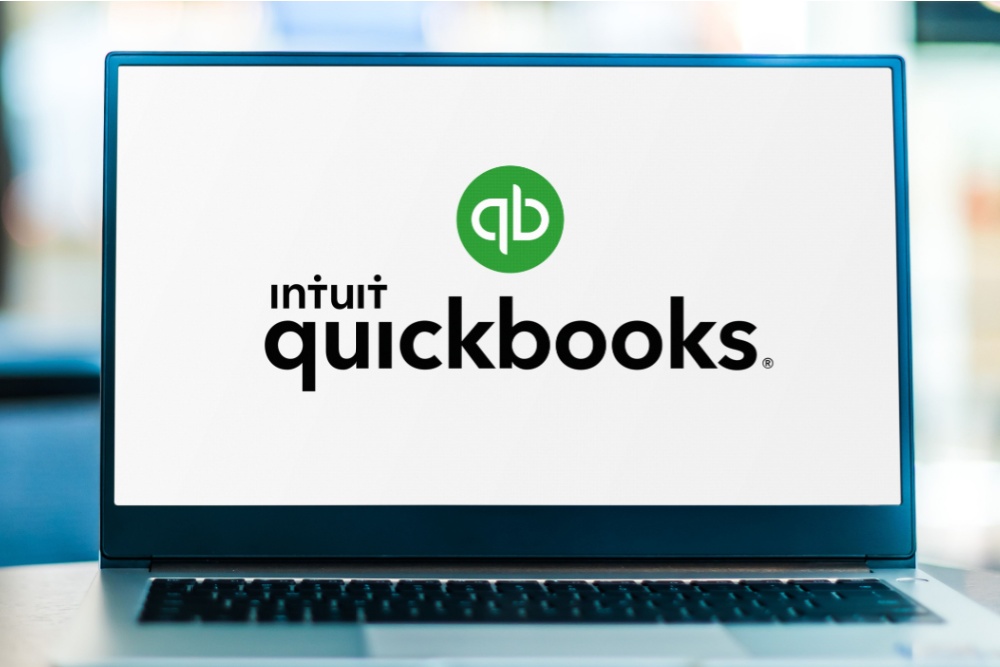A Comprehensive Guide to Enhancing Cybersecurity in 2024: Transitioning Beyond QuickBooks Desktop
March 28, 2024In today’s increasingly digital world, the significance of robust cybersecurity measures cannot be overstated, particularly for businesses managing sensitive financial data. Cyberattacks, such as ransomware threats and data breaches, pose a relentless risk, targeting businesses at an alarming rate. The discontinuation of QuickBooks Desktop Version 2021 services by May 31, 2024, serves as a critical […]






